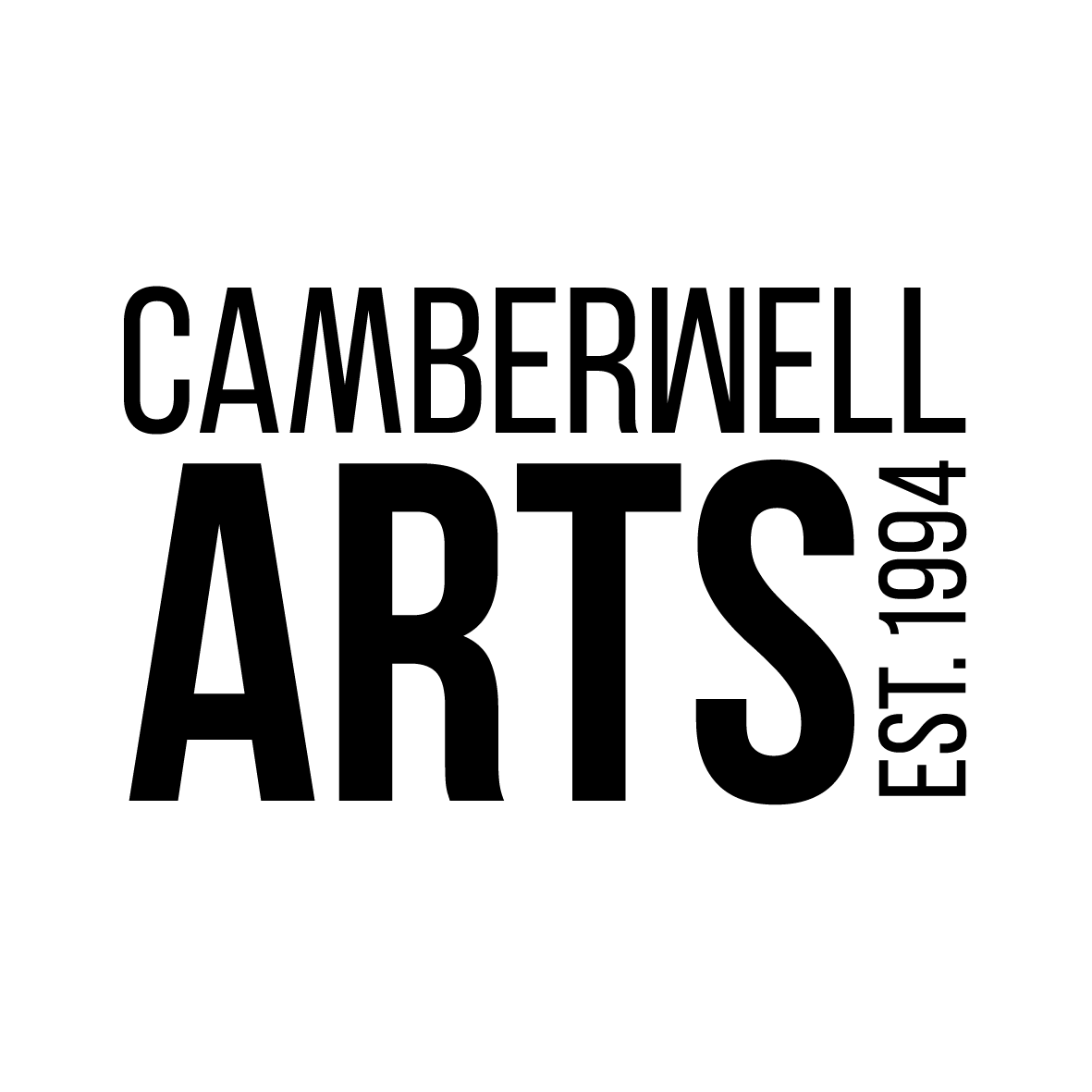Sim Smith is delighted to announce Emily Hunt's first UK solo show, Crystal Radio Geist.
Hunt explores the history of witchcraft, the persecution of women, propaganda texts and the relevance of these topics for various communities in society today. Crystal Radio Geist will include ambitious new ceramic installations and elaborately intricate paintings and etchings.
Hunt takes influence from the history of ornament, visionary art, big-ego personalities and scholarly magical texts. Her exhibition history has covered topics such as the earliest representations of female witches in German Renaissance print culture and the effects of printed propaganda. A crystal radio relies on the properties of galena to receive and amplify radio waves. Likewise, the grey jelly of the artist's brain could be imagined as having the unique ability to receive and interpret creative stimuli in a way that is distinct to them. The artist's ability to create new beings or worlds is quite profound. Perhaps all artists are like crystal radios, tuning into other selves. The ceramics, paintings, and etchings of Emily Hunt seek to articulate another world that lives beside this one.
In this exhibition Hunt draws on her hand-held knowledge as a maker, an expertise and skill passed down through craft and magical practice. Fascinated by excessive decoration, the reappropriation of ornament and hybrids of cultures through history, Hunt brings together multiple concepts but allows the clay to lead the works' ultimate destination.
"Clay wants to be what it wants to be. Automatism is never spoken about in terms relating to clay, or working with clay, only painting and writing. Although, automatism can be most direct when creating figures with clay, as the clay leads. The clay wants to become something, it has a will power."
— Emily Hunt, October 2023
Channelled clay comes from the earth and will lead its making and morphing to some surprising outcomes. Hunt's hand is evident however, ushering these clay creatures through a second step of making; with glazes and lustres, a kind of alchemic armature in a magnificent display of science and sorcery. Each is not like the other, there are "no two alike" - Hunt will often quote potter George Ohr known for his eccentric and exquisite works imbued with a subtle sense of humour. There are no two alike in Hunt's work, but you get the feeling that all of these creations are in conversation and ultimately what they represent is the other side.
This exhibition details other worldly creatures, objects and scenes in an epic and intricate tale of magic and possibility. Hands rise up out of the solid, grey medium, emblazoned with gleaming glazes and shimmering gold details. Ceramic rings adorn multiple bejewelled fingers, portals to other works sit on thumbs and snakes and other animals bind themselves around extremities. The hand is a frequent symbol in Hunt's work,
"…it works as the third position in the triangle of 'creating'. Alongside of the reproductive binary systems of the womb and phallus, the hand stands between them both, as a non-binary creative force."
— Emily Hunt, October, 2023
There are beautifully complex glazed Limoges porcelain tablets depicting women who lead singular lives and dealt in serious magic in an ode to the extraordinary, alongside figurines wearing magical rave capes ornamented with sparkling universes on their cloaks and a series of uncanny and psychedelic tableau vivants (or dollhouses), offering up serious play for adults with escapist predilections.
There are rings too, made of bronze and residing on glazed clay bodies. These are known as Servitors. In occult and magical traditions, a servitor is often considered to be an artificial or created being that is endowed with a specific task or purpose, which can vary depending on the practitioner's intention. Wearing these rings allows us to partake in magic on a daily basis, we carry them with us. Rings are important jewels of empowerment for they are linked to the hands, the point of creation. The rings portray old crones, the wicked witch, the gnarly old woman; they are tricky, playful and get what they want, by not always the most acceptable means. These women are traditionally invisible, but invisibility can be a power which makes them the perfect device for a tactile magical object.
Paintings in the exhibition act as learning devices, delving deeper into a plethora of information through exploratory terrains, they are opening points to investigate further. There is one painting, Bibliothek der Träume that examines literature around the occult, esoteric, male dominated texts which questions women's relationship with magic as being different, a magic focused on herbs and healing as opposed to a mathematical interpretation preferred by male practitioners. The second, The Mantic Women digs deep into Hunt's influences and how she looks at the world. The work celebrates women and artists with a singular vision, which didn't necessarily align to anyone else's. These women produced strong, striking, highly decorative, esoteric work and share a common desire to explore unseen realms through their practice. The third painting, The Psychogeographic Encyclopedia brings to light many different zones throughout Europe which are places that have "psychic energy". Be that a haunted location, or one that is situated on a ley-line, these are places or architecture that leave a mark on you.
Etchings compete the circle, they are the starting point of Hunt's practise. In black and white and incredibly ornate, they vibrate with a vivacity and energy that is as potent as the stories they tell. Her first love was the grotesque in Renaissance print, a fascination of ornament and how ornament carries meaning. Propaganda images came out of this time, they were the earliest forms of depictions of witches. Hunt often draws inspiration from the Dutch print maker Jacques De Gheyn II (1565 -1629), who would make drawings of women he knew personally, wise women and those practising witchcraft. His depictions of witches, hags and crones are the most fascinating and realistic to Hunt. He is mesmerised by their practice; he understands it is a different kind of feminine magic and she feels that there a is sympathy towards them. Through re-interpreting, re- invigorating these drawings, re- animating them, Hunt is redeeming the qualities of the older women.
The works in this exhibition have been many years in the making. Intoxicating, heady and powerful, they come to life in this exhibition, operating on their audiences and offering up an extraordinary space where magic can exist. Hunt constructs a new way of thinking through making, skilfully elevating us out of our everyday considerations and giving us the permission to contemplate the possibilities of what may exist outside of what we can see.


